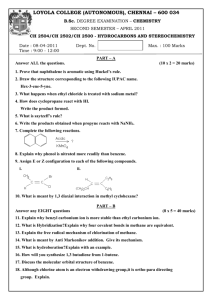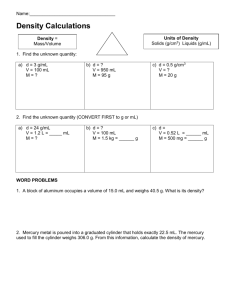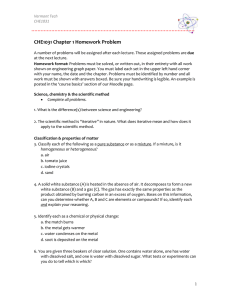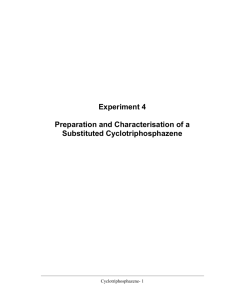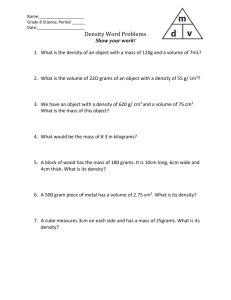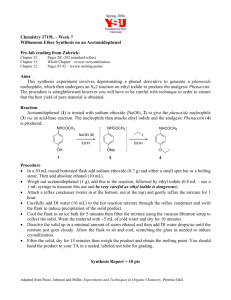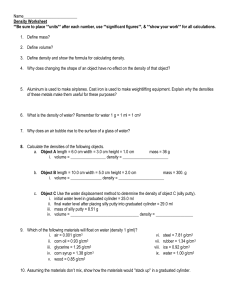Density Homework Problems (Be sure to use correct Significant Digits)
advertisement
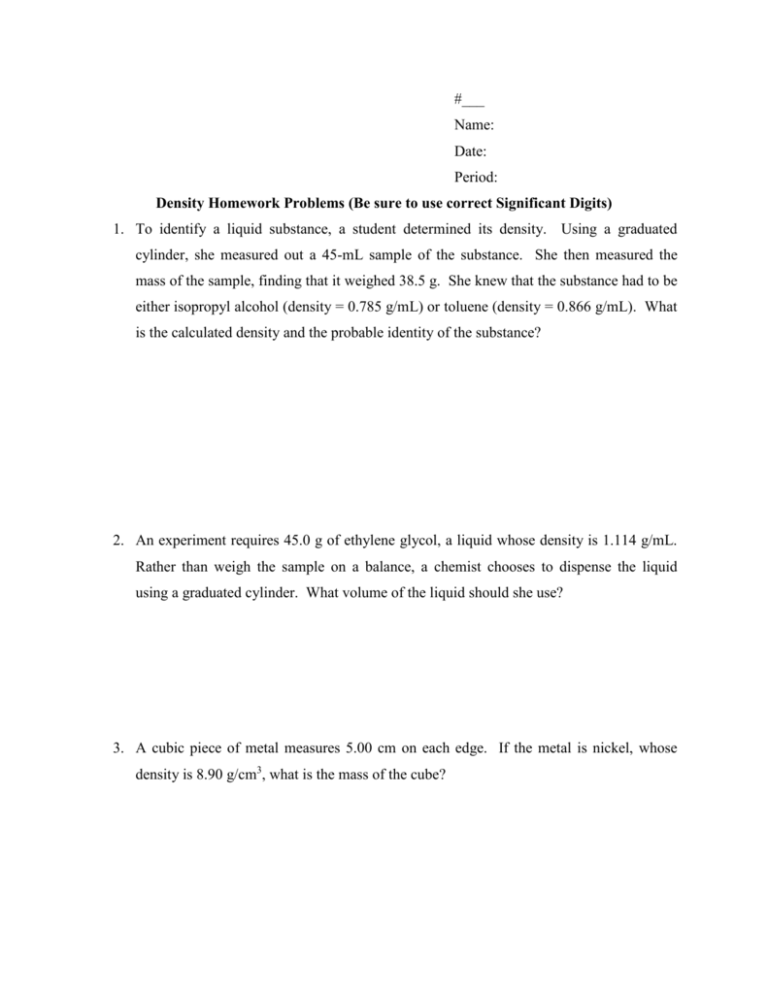
#___ Name: Date: Period: Density Homework Problems (Be sure to use correct Significant Digits) 1. To identify a liquid substance, a student determined its density. Using a graduated cylinder, she measured out a 45-mL sample of the substance. She then measured the mass of the sample, finding that it weighed 38.5 g. She knew that the substance had to be either isopropyl alcohol (density = 0.785 g/mL) or toluene (density = 0.866 g/mL). What is the calculated density and the probable identity of the substance? 2. An experiment requires 45.0 g of ethylene glycol, a liquid whose density is 1.114 g/mL. Rather than weigh the sample on a balance, a chemist chooses to dispense the liquid using a graduated cylinder. What volume of the liquid should she use? 3. A cubic piece of metal measures 5.00 cm on each edge. If the metal is nickel, whose density is 8.90 g/cm3, what is the mass of the cube? 4. After the label fell off a bottle containing a clear liquid believed to be benzene, a chemist measured the density of the liquid to verify its identity. A 25.0-mL portion of the liquid had a mass of 21.95 g. A chemistry handbook lists the density of benzene at 15 °C as 0.8787 g/mL. Is the calculated density in agreement with the tabulated value? Is the liquid benzene or still unknown? 5. An experiment requires 15.0 g of cyclohexane, whose density at 25 °C is 0.7781 g/mL. What volume of cyclohexane should be used? 6. To determine the density of ethyl alcohol, a student pipets a 5.00 mL sample into an empty flask weighing 15.246 g. He finds that the mass of the flask and the ethyl alcohol is 19.171 g. Calculate the density of ethyl alcohol. 7. A piece of metal weighing 20.32 g is added to a flask with a volume of 24.5 cm3. It is found that 18.52 g of water (density = 1.00 g/cm3) must be added to the metal to fill the flask. What is the density of the solid?




